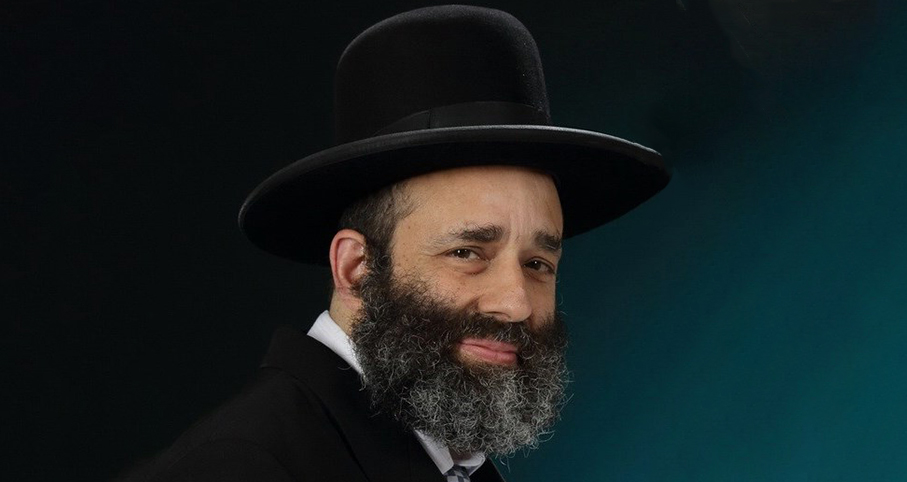46
With this Sedra, we come to the end of the dramatic book of Shmot. It began with our descent into Egypt, followed us through the horrific period of slavery, celebrated our freedom from bondage & our triumphant stand at HarSinai, where we bonded together & received the Torah. And then, for 16 chapters, we "build" the Mishkan & fill it with objects of holiness. Why the massive emphasis on the building of the Mishkan that - while it did last for more than 400 years - was destined to be dismantled, never to be seen again?
I suggest that Hashem is sending a powerful, pointed message to the Jews of eternity. He is telling us that as we wander along the path of history, passing through locales without end, from Cuba to Kaifeng to Canada, from Scotland to Spain to Santa Barbara, we would continually set up & then take down our holy places. We would build our Yeshivot & Batei Midrash & Mikvaot, & they would service & support us for some time. But then, we’d pack up & move on to another stop in our ongoing sojourn; the "holy places" of our past would turn into libraries or hospitals or office buildings, & be but a distant memory.
Yet that’s only Part I of the message. The second, all-important point, is that one day the Mishkan would finally cease its travels. It would morph into the more permanent edifice of the Bet HaMikdash, where stones would now replace collapsible wood & the ground upon which the Temple stood would attain a Kedusha L’Netzach, a permanent holiness that could never, ever be expunged despite the ravages of time.
Wherever Jews have lived, we have built. We built societies, our own as well as that of our hosts, & we built magnificent edifices. But for 2000 years these buildings were of the temporary variety. Only now, with our blessed return toIsrael, do we build permanent structures that stay right where they are. Now, the builders and the buildings are fixed firmly in their place, never to be uprooted again.
On a trip to Norway some years ago, I visited Trondheim, Norway's third-largest city. Its once-viable Jewish community had dwindled to no more than a handful of elderly people. The head of the shul – which now met just once a month – was proud to tell me that they had a mikva. I rushed excitedly to the room, but sadly, I had to push away the heavy cobwebs to see the pool.
The lands of the Exile can be fantastic, but they are fleeting & finite. Israel, & Israel alone, is forever.

The Significance of “l’david Hashem Ori”
Rabbi Stewart Weiss | Elul 7 5780

A Layman's Guide to some Halachic Aspects
Rabbi Yirmiyohu Kaganoff | 5773

Tasting Non-Kosher Wine
Various Rabbis | 5773




